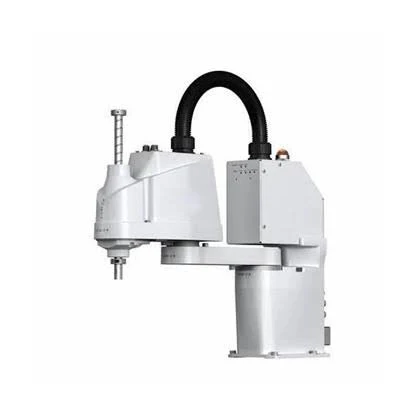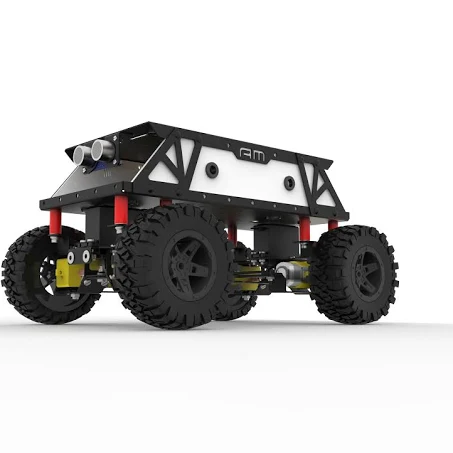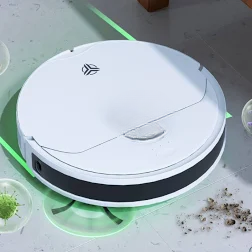Description
Welding, deburring, and polishing a six-axis industrial robot is a specialized robotic system designed for performing precise tasks in manufacturing and industrial settings. Here are key features and considerations for such a robot:
Key Features to Consider:
- Six-Axis Articulated Arm:
- Flexibility: Ability to reach multiple angles and positions with high precision.
- Payload Capacity: Sufficient load capacity to handle welding tools, deburring equipment, or polishing tools.
- End Effector (Tooling):
- Welding Torch: For automated welding tasks, capable of MIG, TIG, or spot welding.
- Deburring Tools: Tools for removing burrs, sharp edges, or excess material from machined parts.
- Polishing Tools: Abrasive pads or wheels for smoothing and finishing surfaces.
- Sensors and Vision Systems:
- Force/Torque Sensors: Feedback for ensuring consistent pressure and contact during tasks.
- Vision Systems: Cameras and image processing software for precise alignment and quality control.
- Programming and Control:
- Offline Programming: Software tools for simulating and programming robot paths before deployment.
- Real-Time Control: Capability for real-time adjustments and monitoring of tasks.
- Safety Features:
- Protective Barriers: Physical barriers or light curtains to ensure safe operation around human operators.
- Emergency Stop: Mechanisms to halt operation immediately in case of safety hazards.
- Integration with Automation Systems:
- PLC Compatibility: Integration with Programmable Logic Controllers (PLCs) for seamless operation within existing manufacturing workflows.
- IoT Connectivity: Ability to connect to factory automation systems for data exchange and monitoring.
- Material Handling and Manipulation:
- Grippers and Tool Changers: Can handle and switch between tools or workpieces.
- Conveyor Integration: Coordination with conveyor systems for continuous processing.
- Quality Assurance:
- Inspection Systems: Capability to inspect welds or finished surfaces for defects and quality assurance.
- Feedback Loops: Integration of feedback mechanisms to adjust parameters based on real-time data.
Benefits of a Six-Axis Industrial Robot:
- Precision and Consistency: Ensures consistent quality and accuracy in welding, deburring, or polishing tasks.
- Efficiency: Increases productivity by automating repetitive and labor-intensive processes.
- Safety: Reduces risks associated with manual handling of hazardous materials or tasks.
Considerations:
- Cost: Initial investment in the robot system and ongoing maintenance costs.
- Training: Training for operators and technicians on programming, maintenance, and safety protocols.
- Application Specificity: Tailoring the robot’s capabilities and tooling to specific manufacturing requirements.
Examples and Applications:
- Automotive Industry: Welding car body components, deburring engine parts, polishing exterior surfaces.
- Aerospace Industry: Welding aircraft components, deburring turbine blades, polishing fuselage panels.
- Metal Fabrication: Welding structural steel, deburring machined parts, polishing stainless steel components.








Reviews
There are no reviews yet.